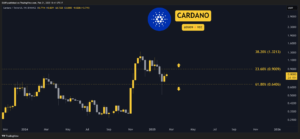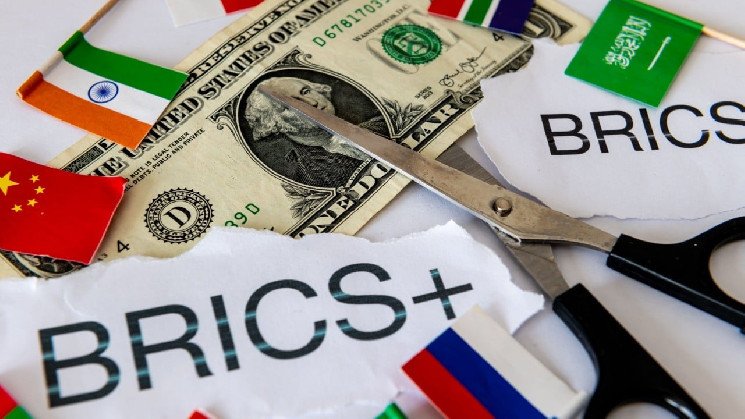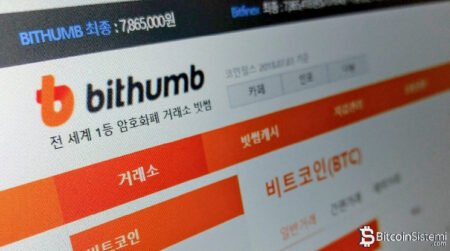Momentum for a BRICS currency is building, with gold-backed alternatives and trade strategies gaining traction, but challenges to dethroning the dollar remain.
BRICS Currency and Dedollarization—Expert Exposes the Hard Truth Behind the Hype
Momentum is building for a BRICS common currency as the economic bloc expands, currently comprising Brazil, Russia, India, China, South Africa, the United Arab Emirates (UAE), Iran, Egypt, Ethiopia, and Indonesia. These nations seek to reduce their dependence on the U.S. dollar and strengthen their economic alliance.
While the concept of a shared currency has drawn interest, significant challenges remain. Gary Smith, client portfolio manager at American asset management firm Columbia Threadneedle, analyzed these issues in a Feb. 18 post published by the Official Monetary and Financial Institutions Forum (OMFIF), stating:
A big-bang move to a shared currency for the BRICS nations is not practicable. A fixed but adjustable exchange rate regime might be a more viable route to a new currency.
One of the biggest challenges is exchange rate management. Smith highlighted concerns about adjustments that would be necessary for any new BRICS trade currency. Brazilian President Luiz Inácio Lula da Silva has advocated for a new BRICS trade settlement currency that would function alongside domestic currencies, reducing reliance on the dollar without completely replacing national monetary systems. However, constant recalibration to prevent distortions in exchange rates could make implementation complex.
“Lula’s suggestion for inter-BRICS trade currency redenomination out of the dollar would require similar adjustments. The weights of each currency will need to constantly be adjusted to reflect global currency movements (often versus the dollar) and prevent arbitrage,” Smith detailed.
Some have proposed a gold-backed currency as an alternative, particularly given the bloc’s major gold producers. Smith explained:
A gold-backed currency might appeal to major gold producers like China, Russia and South Africa. If a gold-backed currency replaced domestic currencies, then the BRICS nations would find themselves on a version of a gold standard.
Smith explained that past gold-backed currencies collapsed due to war-driven money printing, raising questions about whether Russia would limit military spending to maintain a peg. Managing convertibility across nations with varying gold reserves would be difficult, he added. Daily value fluctuations could force interventions and gold contributions from weaker economies, leading to destabilizing speculation rather than stability.
Meanwhile, China’s renminbi has gained traction as a preferred trade currency. “The BRICS nation currency that has made most progress in terms of increased usage in international transactions is the Chinese renminbi. As China is the largest trading partner for 120 other nations it is best placed to become the de facto BRICS currency,” Smith opined. Despite enthusiasm for de-dollarization, Smith remains skeptical about the speed of change, cautioning: “Although the desire to move away from the weaponized dollar is real and growing, the switch will be tough even for trade flows that occur within the BRICS group. The power of incumbency is strong. At the margin there will be a bigger role for the renminbi and for gold. The asset management industry is unlikely to need to provide BRICS currency-linked products for several decades, if at all.”
Read the full article here










